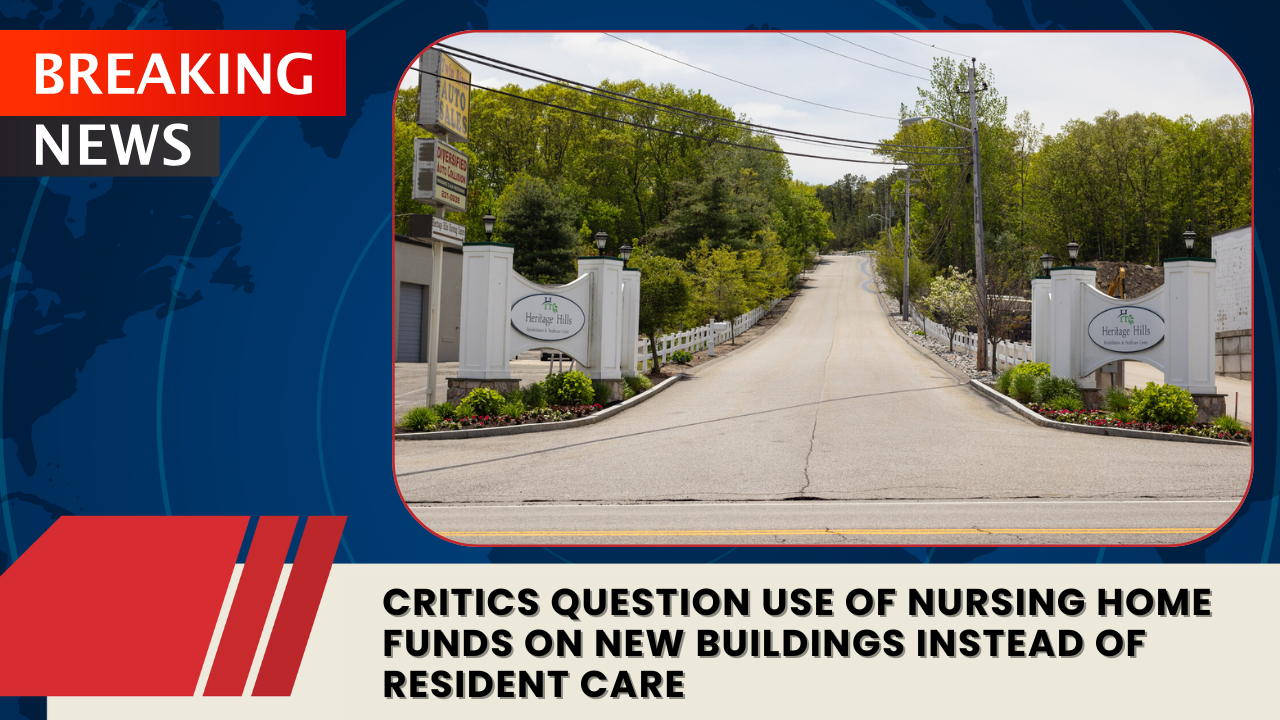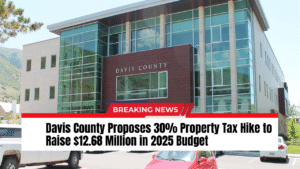In the quiet central Utah town of Beaver, construction crews are raising steel for a $30 million wellness center featuring a gym, studio spaces, recreation pool, and lazy river. Next door, Beaver Valley Hospital just completed an extensive remodel including new operating rooms, specialty clinics, and a helicopter pad.
The hospital’s CEO, Scott Langford, praised the upgrades, saying they’ll bring “better quality health care and state-of-the-art services to rural residents.”
But critics say the projects highlight a deeper concern — that taxpayer-supported dollars meant to improve care for Utah’s nursing home residents are instead funding new buildings.
The Source of the Money
The projects were financed in part through Utah’s Upper Payment Limit (UPL) program, which allows city- or county-owned hospitals and nursing homes to receive federal matching dollars to support elderly and disabled care. Beaver Valley Hospital, owned by the city, controls licenses for more than 40 nursing homes statewide and collects a portion of those funds for administration.
The hospital told FOX 13 that it has saved its share for 13 years and is now reinvesting in local facilities “for the benefit of residents.”
“Without these administrative funds, Beaver Valley Hospital and other non-state organizations would have little reason to take on the significant work of the UPL program,” a hospital fact sheet said. “The result is a win-win: better care for seniors statewide and stronger health outcomes for Beaver City.”
Critics: ‘Everyone Benefits Except the Residents’
Advocates disagree. Sam Brooks, policy director at the National Consumer Voice for Quality Long-Term Care, argues that such construction projects show “everyone benefiting but the nursing home residents.”
A recent analysis commissioned by the Elder Care Injury Group found that UPL-affiliated nursing homes had worse quality ratings from federal regulators, more inspection deficiencies, and lower staffing levels than facilities not in the program.
Beaver Valley and the Utah Department of Health and Human Services have rejected those findings, saying comparisons are misleading.
Still, Brooks maintains that UPL funds are meant for direct care — not fitness centers or hospital remodels.
“Ask most residents,” Brooks said. “They’d rather have enough staff to feed them and help them dress than a fancy new lobby.”
Where the Money Goes
A 2017 legislative audit found that nursing homes kept less than half the UPL funds for resident care while Beaver Valley collected 51% as seed funding and administrative fees.
Beaver Valley says it uses a small portion to “improve access to care” locally, while the majority supports staffing and patient-care improvements statewide. Videos produced with the hospital show before-and-after renovations of nursing facilities — dark kitchens replaced by bright dining areas, and aging infrastructure swapped for modern wings with geothermal heating and backup generators.
However, Brooks says that without measurable improvements in patient outcomes, such investments “do more to increase the wealth of owners than the well-being of residents.”
Calls for Oversight
Attorneys Jeffrey Eisenberg of the Elder Care Injury Group and Nate Crippes of the Disability Law Center are now calling for a state audit to trace how UPL dollars are being spent.
“We’re talking about nearly a billion dollars over a decade,” Eisenberg said. “And we don’t see the metrics proving it’s resulted in better care.”
The Utah DHHS admits it does not track how UPL funds are spent once distributed, and Beaver Valley declined to share detailed financial breakdowns. Because most facilities are privately operated under public licenses, critics say the mix of public and private management obscures accountability.
Langford insists the hospital follows all state and federal requirements, calling the UPL “one of the most rigorously regulated programs of its kind.” He emphasized that it delivers more than $100 million annually “at no additional cost to Utah taxpayers.”
Whether those dollars truly improve life for Utah’s seniors remains the subject of growing scrutiny — and potentially, a new legislative audit.



